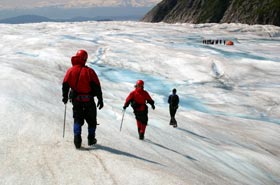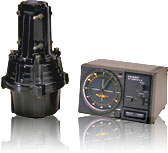style="font-size: 11pt; font-family: 'times new roman'">It is important that the future owner of a rotator know and understand what the specifications for a rotator are all about. The information below applies to all rotators--whether manufactured by Yaesu or not--and is presented in the hope that it will prove informative to you as you make your rotator buying decision. style="font-family: 'times new roman'">
style="font-family: 'times new roman'">
style="font-size: 11pt; font-family: 'times new roman'">What Causes Rotator Failure? style="font-family: 'times new roman'">
Besides certain avoidable problems (such as upside-down mounting) and “Acts of God” (lightning strikes, etc.), the #1 cause of rotator failure is under-specification. The customer gets a rotator that is too small for his or her application, and its gears get ground to bits in the first wind storm which occurs. style="font-family: 'times new roman'">
style="font-size: 11pt; font-family: 'times new roman'">What Rotator Specification(s) Are Important? style="font-family: 'times new roman'">
One needs to inspect carefully the turning and braking capability of the rotator, which needs to be specified in some meaningful way so that the prospective owner can determine whether or not the rotator is strong enough.
Unfortunately, many rotator manufacturers only specify the strength of a rotator in terms of how many “Square Feet” the rotator can hold. This is an entirely insufficient specification, because it does not account for the distribution of the mass of the antenna(s) along their boom(s). In other words, ten square feet of antenna consisting of a lightweight dish antenna (nestled in close to the mast) presents significantly less stress to a rotator than does the ten square feet of a 6 meter Yagi distributed along a 60-foot boom. A long-boom Yagi, cubical quad, or log-periodic antenna can build up considerable momentum during rotation, and the torque applied to the rotator is not reflected in a simple specification of the surface area of the antenna. In sum, the total physical size of the antenna(s) must be correlated to the capabilities of the rotator, and the rotator chosen accordingly.
style="font-size: 11pt; font-family: 'times new roman'">How Does Yaesu Specify Rotator Turning/Braking Capability? style="font-family: 'times new roman'">
In addition to the “Square Footage” of the antenna, Yaesu specifies a “K-Factor,” where
> K = [Turning Radius] x [Weight of Antenna].
For “Christmas Tree” stacks, compute the K-Factor (in Foot-Pounds) for each antenna, then add the K-Factors together. Then compare both the K-Factor and the Surface Area (in Square Feet) of your antenna(s) to the specifications. If they both are within the ratings, the rotator will be OK.
style="font-size: 11pt; font-family: 'times new roman'">K-Factors for Yaesu Rotators (In Foot-Pounds) style="font-family: 'times new roman'">
G-2800DXA: 6,870> G-1000DXA: 1,663> G-800DXA/SA: 1,299> G-450A: 723> G-5500/550: 578
















Important: Rotator Specifications